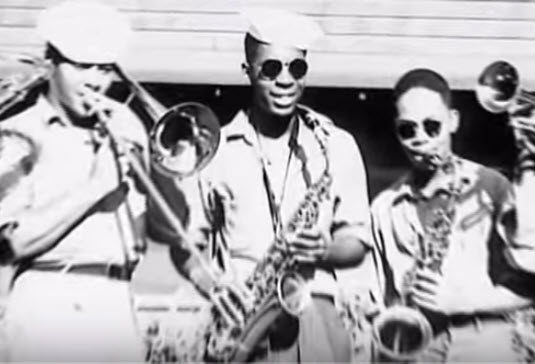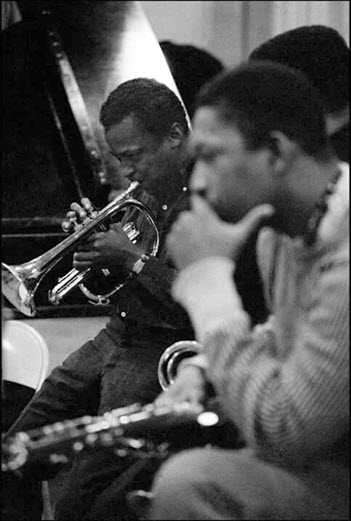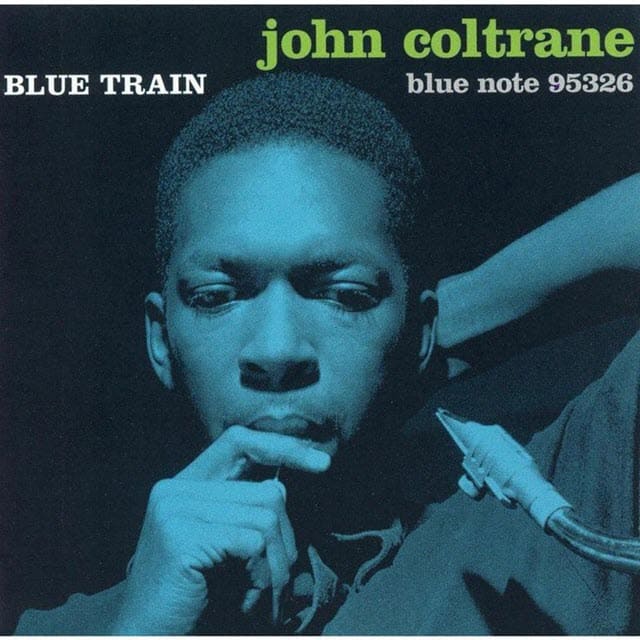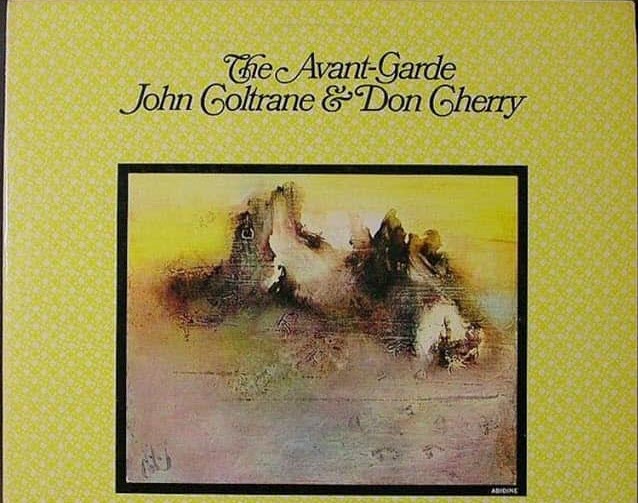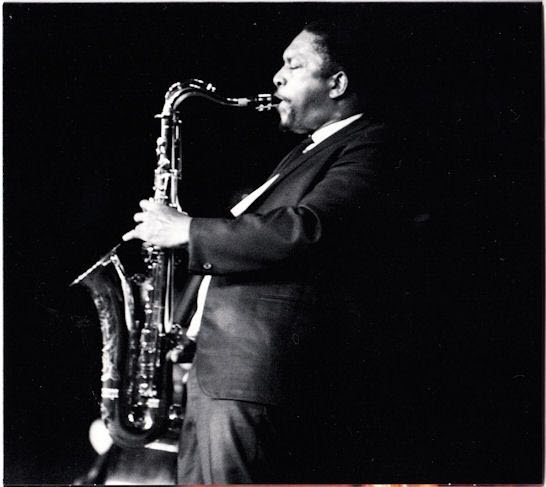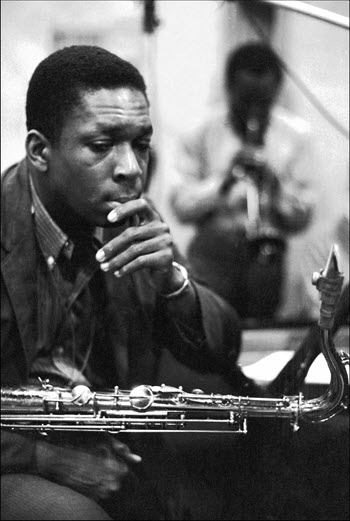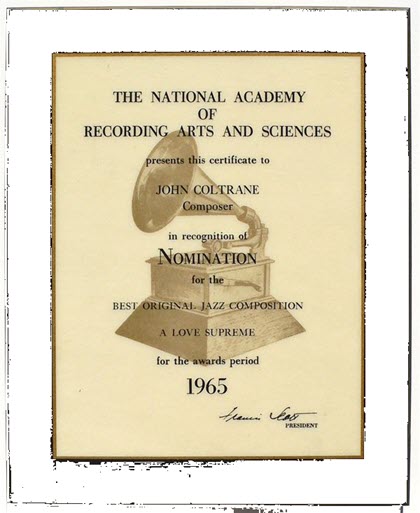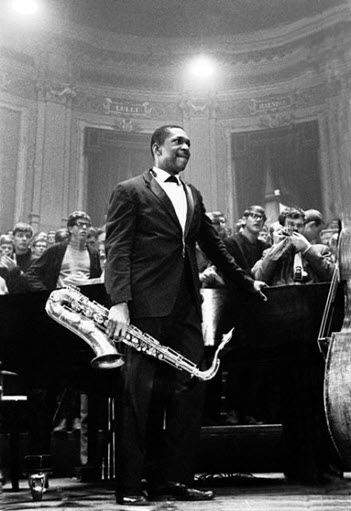John Coltrane was one of the influential Jazz Musicians, American saxophonists, bandleaders, and composers. He became a jazz legend in the 20th century with recordings such as ‘Giant Steps,’ ‘My Favorite Things,’ and ‘A Love Supreme.’
Coltrane reached his goal as a dedicated jazz player coming from a proud, embedded musical culture, paying his debts as a sideman, learning the ways as a leader, and working primarily with his music to express his message.
Coltrane’s most well-known work covered barely 12 years (1955–67), although his musical progress is widely documented due to his extensive recording.
Jazz legends such as Count Basie and Lester Young were early inspirations upon Coltrane.
He played through different styles, but he was mainly into Hard bop, modal jazz, free jazz, avant-garde jazz.
John Coltrane is from Hamlet, North Carolina, United States.
He led the group of John Coltrane Quartet and was also in Miles Davis Quintet.
10. Childhood and Early Life
On September 23, 1926, John Coltrane was born in Hamlet, North Carolina. When Coltrane was 12 years old, he got his first musical instrument, a clarinet, and soon played in the high school band.
Coltrane’s early life was marred by tragedy. His father died of stomach cancer when John was 13. His grandparents and aunt all died within the next few months of each other, leaving him to be raised by his mother and cousin.
John grew increasingly immersed in music. He began practicing for lengthy hours, often until three or four o’clock in the morning. After playing clarinet and the alto horn in a community band, he played alto saxophone in high school.
In 1943, Coltrane came to Philadelphia and study music and make his professional debut. He gave his debut professional concert in the middle of 1945, but his musical career was cut short by the ongoing Second World War.
On August 6, 1945, John Coltrane served in the United States Navy during his wartime service.
9. Coltrane’s Military Service and post-war career
John Coltrane joined the Navy when the USA dropped an atomic bomb on Hiroshima, Japan. He was stationed at Manana Barracks, the world’s most extensive posting of African American personnel.
He soon began to play for the Melody Master, the base’s all-white official swing band, mainly as a clarinetist and saxophonist. Even though he played frequently, he was never given the musician’s grade and was recognized as a guest performer.
However, at the end of his duty, he had gained a significant role in the band, earning him a mention in a local newspaper article lamenting the band’s imminent split.
On July 13, 1946, he recorded various jazz standards and bebop pieces on his alto saxophone in an informal session with other Navy musicians.
After being discharged from duty, Coltrane returned to Philadelphia and played in a band led by saxophonist Jimmy Heath while studying jazz and music theory with guitarist Dennis Sandole.
He spent almost eleven years in Philadelphia, performing and learning. According to Jimmy Heath, during this time, Coltrane became obsessed with practicing and honing his skill, putting in “25 hours a day.”
Later, in 1949, he too left Heath to join a big ensemble led by legendary trumpeter Dizzy Gillespie. He stayed with it for the following year and a half.
8. Miles Davis and John Coltrane’s Collaboration
Miles Davis had heard of John Coltrane. He had been influenced by a cassette of a spontaneous bebop session made during the saxophonist’s tour of service in the Navy as early as 1946. Coltrane’s later work in Dizzy Gillespie’s big band brought the two together.
Miles was not expecting much when Coltrane arrived in New York to audition for the group. But Coltrane took him by surprise.
Both Coltrane and Davis were founding members of a tenacious jazz brotherhood who viewed themselves as serious artists rather than entertainers.
It was the only thing that counted, setting them on parallel roads and eventually bringing them together. Coltrane remained with Davis until April 1960.
He collaborated with alto saxophonist Cannonball Adderley, pianist Red Garland, Bill Evans, Wynton Kelly, bassist Paul Chambers, and drummers Philly Joe Jones and Jimmy Cobb.
During this period, he took part in the Milestones and Kind of Blue sessions with Miles Davis and as the performance recordings of Miles & Monk at Newport and Jazz at the Plaza.
7. From ‘Blue Train’ to ‘Giant Steps’
John Coltrane collaborated with pianist Thelonious Monk for several months. Jhon emerged as a bandleader and solo recording artist, releasing Blue Train in January 1958 by Blue Note Records.
Except for the traditional “I’m Old Fashioned,” all the pieces were composed by John Coltrane. Coltrane’s playing demonstrates the transition to what would become his distinctive style.
His solos are more harmonic or dimensional, with chordal lines. Also, His timing was frequently off or above the beat.
Giant Steps is John Coltrane’s fifth studio album as a leader. Atlantic Records released it in February 1960, authoring all of the material himself.
The album is widely considered one of the most influential jazz recordings of all time. Many of its tracks have become standard practice material, most prominently “Naima” and “Giant Steps” for jazz saxophonists.
6. John Coltrane known for Avant Grade, Freestyle approaches
The Avant-Garde is a jazz album by John Coltrane and Don Cherry that Atlantic Records released in 1966. The album was put together from two previously unreleased recording sessions at Atlantic Studios in New York City in 1960.
It features Coltrane performing numerous works by Ornette Coleman, supported by Coleman’s quartet members. The quartet’s approach was to play with freestyle.
The Records, The John Coltrane Quartet Plays, Living Space, Transition, New Thing at Newport, Sun Ship, and First Meditations chart the group’s evolution.
Coleman’s work avoided chords and discarded instrumental virtuosity in favor of continuous horizontal growth of the melodic.
In contrast, Coltrane’s music concentrated on layering chords in blocks and examining the results with intricate, emotional harmonic interrogation techniques.
The absence of a piano and brass instruments to carry each composition distinguishes this album.
5. Coltrane experimented with instruments other than the alto saxophone.
John Coltrane began his professional career on the alto saxophone. He turned to tenor saxophone, where he established his fame.
He began playing the soprano saxophone around 1959 and continued to play both tenor and soprano saxophones for the rest of his life.
There are a few recordings of him playing alto saxophone, and his playing on alto is just as revelatory as it is on his mainstay instruments.
Besides saxophone Coltrane also experimented with flute in his live performance and recordings. Also, Coltrane was interested in the drums.
4. Personal and Marital life
Coltrane grew up in a Christian family. Coltrane married Naima in 1955. Naima Coltrane, a Muslim convert, significantly influenced his spirituality.
Naima had a five-year-old daughter named Antonia, who was renamed Syeeda when the couple married.
He met Naima in Philadelphia at the home of bassist Steve Davis. They split up in 1963 but stayed in touch until he died in 1967.
He met musician Alice McLeod in 1963. Coltrane and Alice married after his divorce from Naima were finalized in 1966.
Alice brought happiness and stability into John’s life because they had children and shared many spiritual ideas, including a mutual interest in Indian philosophy.
3. Spiritual Awakening Through God’s Grace
Coltrane had a religious encounter in 1957 that may have helped him overcome his heroin addiction and alcoholism, which he had battled since 1948.
In the liner notes of A Love Supreme, Coltrane claims that in 1957 he experienced “By God’s grace, I experienced a spiritual awakening that would lead to a more affluent, fuller, and productive existence.
Coltrane’s “monastic” practice habits had made him famous by the mid-1950s. After a period of adversity, he had what he called a “spiritual awakening.”
At his lowest point, Coltrane prayed to God for the ability to convey joy to humanity via music.
Coltrane put up his vices at this moment and resolved to “dedicate his music to God, in whom he believed with growing engagement.”
In the late 1950s and his death in 1967, his music became increasingly adventurous, paralleling his theological inquiries.
His literature collection included Sri Ramakrishna’s Gospel, the Bhagavad Gita, and Paramahansa Yogananda’s autobiography of a Yogi.
Coltrane recorded “Om” in October 1965, referring to the sacred phrase in Hinduism that represents the infinite or the entire universe.
The 29-minute audio includes chants from the Hindu Bhagavad Gita and the Buddhist Tibetan Book of the Dead and a recitation of a section identifying “om” as a cosmic/spiritual common denominator in all things.
2. Awards and Honors
Coltrane has had a considerable influence on the music industry. Coltrane had been nominated into the Down Beat Jazz Hall of Fame in 1965.
He received a posthumous Grammy in 1982 for Best Jazz Solo Performance on the album Bye Bye Blackbird, and he received the Grammy Lifetime Achievement Award in 1997.
In 2009, he was honored at the North Carolina Music Hall of Fame. A Love Supreme was certified gold by the RIAA in 1972 for selling over 500,000 copies in Japan. In 2001, this album was awarded gold in the United States.
1. Glorification and adoration by a community
The strength of John Coltrane’s music has always sparked a passion, but in the 1960s, a group of admirers became so moved that they established a church in his honor.
Following Coltrane’s death, a San Francisco congregation known as the Yardbird Temple began worshiping Coltrane as God incarnate.
The community joined the African Orthodox Church, elevating Coltrane’s rank from God to the saint. The only African Orthodox church in San Francisco that integrates Coltrane’s music and lyrics as prayers in its worship is St. John Coltrane African Orthodox Church.
Conclusion
He changed jazz with his inventive, demanding approaches while demonstrating great gratitude for music from other regions and showing a great appreciation for music from the different areas, including Africa, Latin America, the Far East, and South Asia.
Coltrane’s work remains an essential component of the auditory landscape and a vital source of inspiration for younger musicians.
He along with other jazz musicians such as Charlie Parker, Billie Holiday, Maynard Ferguson, and Louis Armstrong inspire the music world until today.


